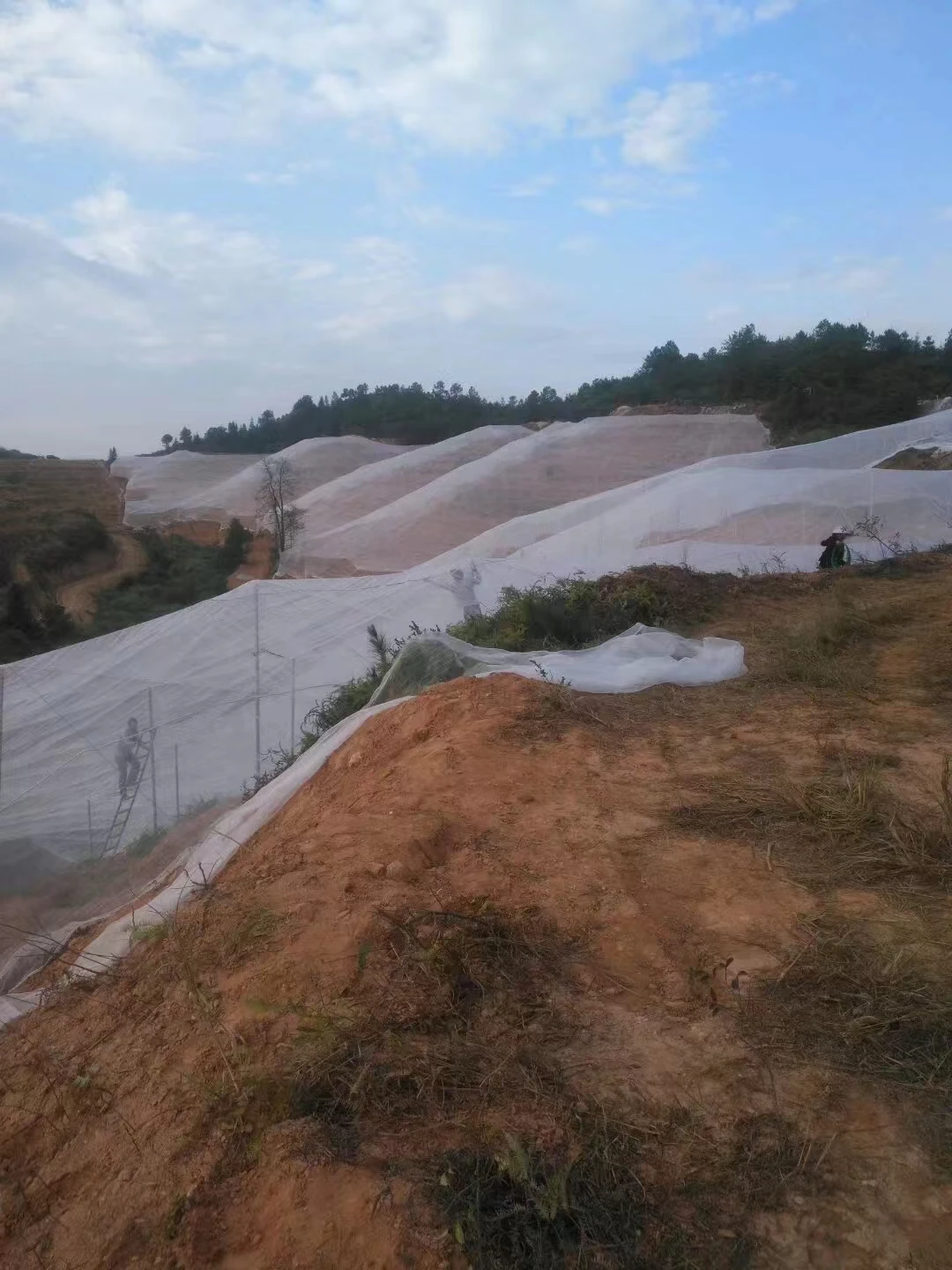-
 Afrikaans
Afrikaans -
 Albanian
Albanian -
 Amharic
Amharic -
 Arabic
Arabic -
 Armenian
Armenian -
 Azerbaijani
Azerbaijani -
 Basque
Basque -
 Belarusian
Belarusian -
 Bengali
Bengali -
 Bosnian
Bosnian -
 Bulgarian
Bulgarian -
 Catalan
Catalan -
 Cebuano
Cebuano -
 China
China -
 Corsican
Corsican -
 Croatian
Croatian -
 Czech
Czech -
 Danish
Danish -
 Dutch
Dutch -
 English
English -
 Esperanto
Esperanto -
 Estonian
Estonian -
 Finnish
Finnish -
 French
French -
 Frisian
Frisian -
 Galician
Galician -
 Georgian
Georgian -
 German
German -
 Greek
Greek -
 Gujarati
Gujarati -
 Haitian Creole
Haitian Creole -
 hausa
hausa -
 hawaiian
hawaiian -
 Hebrew
Hebrew -
 Hindi
Hindi -
 Miao
Miao -
 Hungarian
Hungarian -
 Icelandic
Icelandic -
 igbo
igbo -
 Indonesian
Indonesian -
 irish
irish -
 Italian
Italian -
 Japanese
Japanese -
 Javanese
Javanese -
 Kannada
Kannada -
 kazakh
kazakh -
 Khmer
Khmer -
 Rwandese
Rwandese -
 Korean
Korean -
 Kurdish
Kurdish -
 Kyrgyz
Kyrgyz -
 Lao
Lao -
 Latin
Latin -
 Latvian
Latvian -
 Lithuanian
Lithuanian -
 Luxembourgish
Luxembourgish -
 Macedonian
Macedonian -
 Malgashi
Malgashi -
 Malay
Malay -
 Malayalam
Malayalam -
 Maltese
Maltese -
 Maori
Maori -
 Marathi
Marathi -
 Mongolian
Mongolian -
 Myanmar
Myanmar -
 Nepali
Nepali -
 Norwegian
Norwegian -
 Norwegian
Norwegian -
 Occitan
Occitan -
 Pashto
Pashto -
 Persian
Persian -
 Polish
Polish -
 Portuguese
Portuguese -
 Punjabi
Punjabi -
 Romanian
Romanian -
 Russian
Russian -
 Samoan
Samoan -
 Scottish Gaelic
Scottish Gaelic -
 Serbian
Serbian -
 Sesotho
Sesotho -
 Shona
Shona -
 Sindhi
Sindhi -
 Sinhala
Sinhala -
 Slovak
Slovak -
 Slovenian
Slovenian -
 Somali
Somali -
 Spanish
Spanish -
 Sundanese
Sundanese -
 Swahili
Swahili -
 Swedish
Swedish -
 Tagalog
Tagalog -
 Tajik
Tajik -
 Tamil
Tamil -
 Tatar
Tatar -
 Telugu
Telugu -
 Thai
Thai -
 Turkish
Turkish -
 Turkmen
Turkmen -
 Ukrainian
Ukrainian -
 Urdu
Urdu -
 Uighur
Uighur -
 Uzbek
Uzbek -
 Vietnamese
Vietnamese -
 Welsh
Welsh -
 Bantu
Bantu -
 Yiddish
Yiddish -
 Yoruba
Yoruba -
 Zulu
Zulu
Exploring the Impact of Plastic Pollution on Chicken Farming and Environmental Sustainability
The Impact of Chicken Farming on Plastic Pollution A Closer Look at Chicken Netting
In recent years, the chicken farming industry has gained considerable attention, not only for its role in providing a significant source of protein but also for its environmental implications. One of the less discussed yet critical aspects of this industry is the use of plastic netting in chicken farming. The convenience of chicken nets made from plastic materials often comes at a high cost to the environment.
Plastic chicken netting is widely employed in poultry farms for various purposes, including protecting chicks from predators, managing the movement of chickens, and preventing overcrowding. These nets are lightweight, weather-resistant, and relatively inexpensive, which makes them an attractive choice for poultry farmers looking to optimize their operations. However, the rising use of these plastic nets also raises important questions about their impact on the environment.
The Impact of Chicken Farming on Plastic Pollution A Closer Look at Chicken Netting
Furthermore, the production and disposal of plastic netting present additional environmental challenges. The manufacturing process for plastic products is energy-intensive and is often associated with greenhouse gas emissions, which contribute to climate change. When these nets are disposed of improperly—often being thrown away rather than recycled—they can end up in landfills or, worse, as litter in natural habitats. This disposal issue underscores the need for better waste management practices in rural areas and within the agricultural sector.
chicken net plastic

To combat these issues, some poultry farmers are beginning to explore alternative materials for chicken netting. Biodegradable nets made from natural fibers such as cotton, jute, or sisal offer a more sustainable option. These materials can decompose relatively quickly and do not pose the same long-term environmental risks as plastic. While these alternative nets might come at a higher initial cost, the long-term benefits—including improved soil health, reduced pollution, and enhanced consumer perception—make them an attractive option for conscientious farmers.
In addition to shifting towards biodegradable materials, educating farmers about the importance of responsible waste management and best practices can help mitigate the impact of plastic chicken nets. Implementing recycling programs and encouraging the use of netting that can be reused multiple times can significantly reduce plastic waste in the poultry industry.
Consumer demand also plays a crucial role in addressing this issue. As more individuals become aware of the environmental implications of their food choices, they are increasingly seeking sustainably sourced poultry products. By supporting farmers who prioritize eco-friendly practices, consumers can drive a shift within the industry towards more sustainable solutions, including the use of alternative chicken netting.
In conclusion, while plastic chicken netting is a staple in the poultry industry due to its practicality, its environmental impacts cannot be ignored. The rise in plastic pollution poses a significant threat to ecosystems and biodiversity. Embracing alternative materials, implementing responsible waste management practices, and fostering consumer awareness are essential steps towards creating a more sustainable chicken farming industry that respects both animal welfare and our environment.
-
Why Nylon Mesh Netting is Revolutionizing Industrial and Commercial ApplicationsNewsJun.13,2025
-
Reinventing Reliability with Construction Wire MeshNewsJun.13,2025
-
Protect Your Crops with High-Performance Agricultural Netting SolutionsNewsJun.13,2025
-
Premium Breeding Net Solutions for Modern AquariumsNewsJun.13,2025
-
Precision Filtration Solutions for Industrial and Commercial NeedsNewsJun.13,2025
-
Advanced Industrial Mesh Solutions for Every ApplicationNewsJun.13,2025











